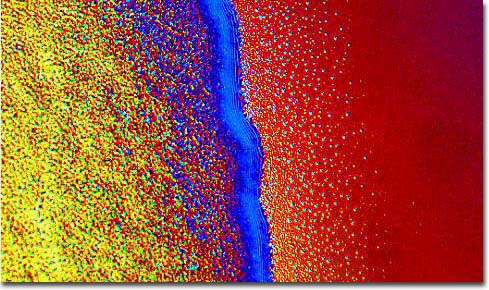|
Many of the earliest studies focusing on Buckyballs were based upon granular thin films and pressed powders containing a profusion of fullerene clusters. However, despite their usefulness for a number of experiments, films and powders are poorly suited for characterizing the fundamental properties of fullerenes. For such purposes, it is generally considered best to examine the molecules in a crystalline form. A group of researchers at University of California, Berkeley, headed by Alex Zettl are responsible for making studies of crystalline Buckyballs feasible. By successfully synthesizing single crystals of both pure and doped Buckyballs, the team of scientists has paved the way for establishing the intrinsic properties of the unusual molecules, which may some day translate into their practical usage.
|
